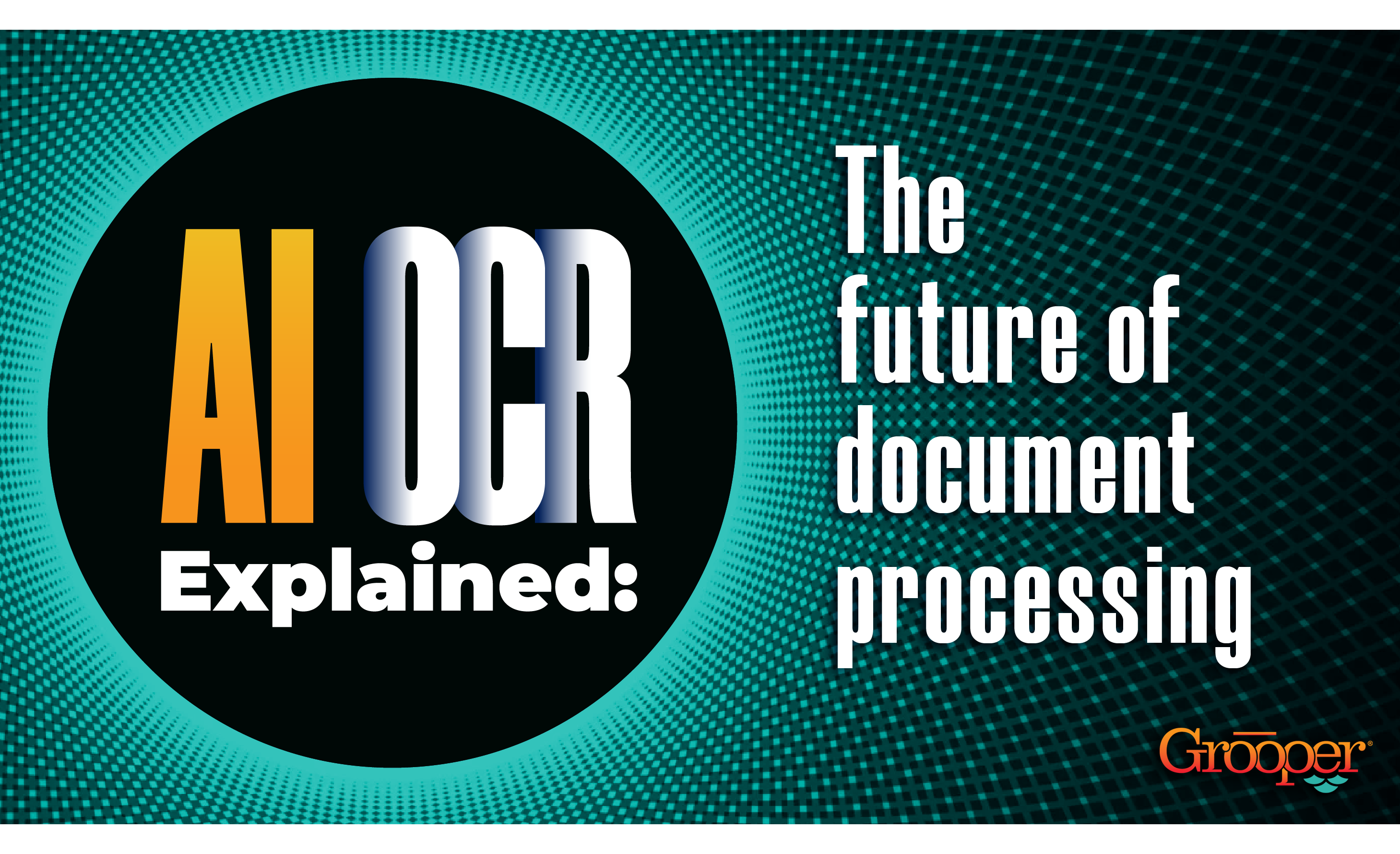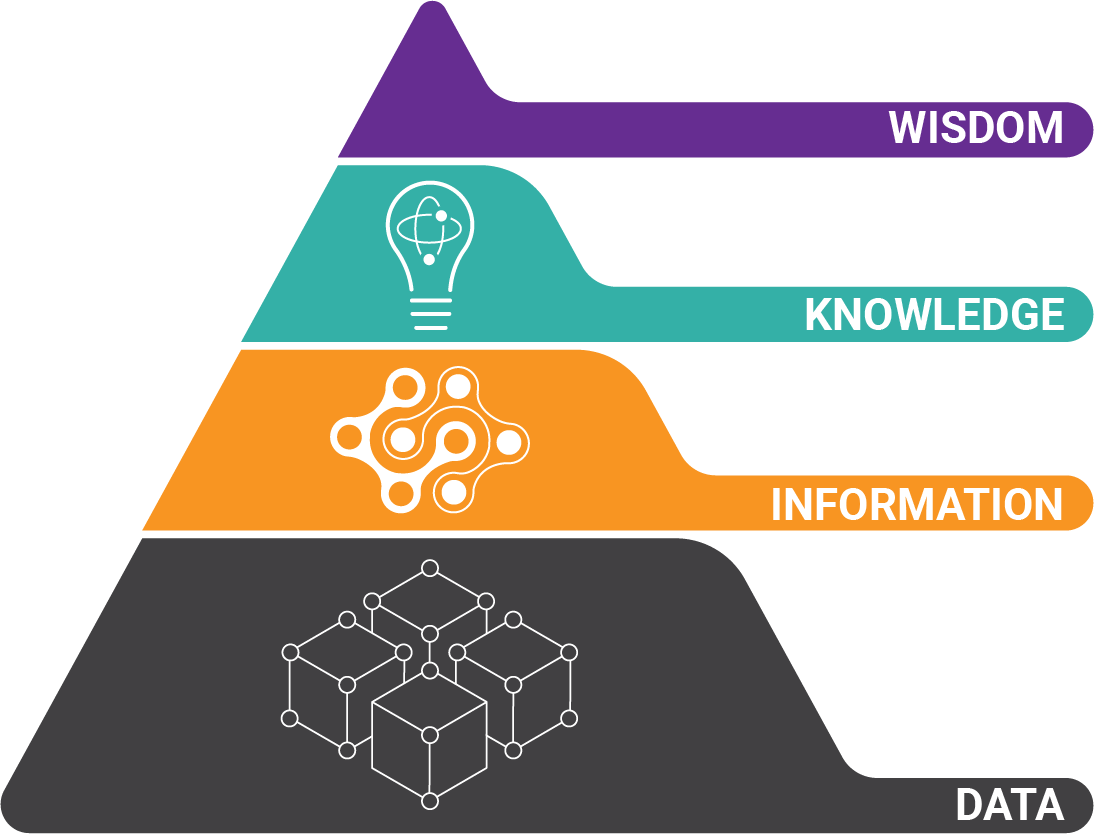The idea of robotic process automation has been around for almost a decade now. The original hype was “Why outsource when you can automate?” But outsource what?
That’s the problem. Robots as a replacement for outsourcing work doesn’t attack root business problems. Left alone, inefficient workflows, legacy applications, and lack of enterprise-level automation create risk of failure.
For RPA solutions to be transformative - it must be applied correctly - and with the right mindset.
First, What is Robotic Process Automation?
Robotic process automation (RPA) is a software that makes it easy to build bots that automate repetitive, manual tasks which humans normally perform in other software and digital systems. These kind of software bots emulate many of the same actions that people perform, such as: looking on a computer screen, keying in the correct data, moving in between different systems, finding and extracting information, and many other time consuming and tedious back-office tasks.
Here's a simplified example of an RPA bot working with Microsoft Azure's Computer Vision API to get terms which describe pictures. It can also be used to find any text in the images. That data is then used to classify and move those pictures into the correct places, freeing up an employee to focus on more important tasks.
This can also decrease risk and improve compliance by creating RPA workflows that move documents with specific or personal information to secure places.
What Are the Benefits of RPA Software?
Robotic process automation solutions simplify workflows, which helps companies become more profitable / save costs, improve customer service, and become more flexible. In addition, it frees up employees to focus on more valuable, business-critical tasks.
Increased Accuracy
Over half of the experts say that RPA greatly cuts down on manual errors. Even the smartest and most-detail oriented employees make mistakes. But if trained the right way (by capturing how a human clicks and interacts with software), the robot can copy and duplicate those workflow actions.
However, even as RPA software robots can finish this kind of work faster and with fewer errors than people (and with fewer coffee breaks), there are dangers that RPA poses to any office. More on this later.
Boosted Employee Efficiency and Productivity
At every enterprise, workflows are created and evolve that require multiple people and a number of steps. But no matter how much people improve the process, RPA can almost always make them more efficient.
For example, oil and gas companies have to regularly find and enter data from hundreds of lease documents into their business intelligence or data management system. Employees at these companies can use RPA to remove steps and automate much of this process. In this example, all they have to do is scan the documents and the bot can find and enter any needed information into several programs.
Significant Cost Savings
When work is streamlined, there are ultimately fewer mistakes, and employees concentrate on higher quality tasks. As a result, this can result in significant ROI, cost savings and boosted revenue.
There are 3 Dangers That Threaten RPA Solutions Transformation Potential:
Danger #1: Automating Bad Processes
 RPA solutions are the silver bullet for bad business processes.
RPA solutions are the silver bullet for bad business processes.
OK, maybe that's a little harsh, but if data must be moved from one application to another through manual processes (performed by robots or people…) shouldn't we focus on attacking the root of the problem?
Bad processes (that's the way we've always done it), prevent the growth of new opportunities by limiting business transformation. If headcount for people performing bad processes is reduced, all the organization enjoys is some saved revenue. While that may be valuable, it's not enough to create the necessary new value propositions required for true transformation.
Remedy: Keep a Human In the Loop
 Adding to the bad processes is the fact that most RPA implementations for document data processing are not unattended processes. Instead, most are attended solutions that require some amount of human-in-the-loop. So, reducing headcount can't really be counted on for the most challenging automation needs.
Adding to the bad processes is the fact that most RPA implementations for document data processing are not unattended processes. Instead, most are attended solutions that require some amount of human-in-the-loop. So, reducing headcount can't really be counted on for the most challenging automation needs.
Use RPA solutions as a catalyst for change. Think beyond just automating manual processes. What new business outcomes will you achieve? How will transforming archaic workflows generate new business outcomes?
Danger #2: Extending the Life of Legacy Platforms
RPA solutions are a great band-aid for supporting legacy applications. But why do we keep them around?
 Easy. They aren't all that painful to support. Or are they? Any COBOL programmers out there who can save our unemployment systems? I don't think most people would disagree that it's time to modernize them, yet… they remain.
Easy. They aren't all that painful to support. Or are they? Any COBOL programmers out there who can save our unemployment systems? I don't think most people would disagree that it's time to modernize them, yet… they remain.
And would you be surprised to discover that organizations admit elevated risk involved with legacy systems? Some like the Department of Homeland Security even report a high risk (rather than just "moderately high." But never fear, at least two departments have plans for what the private sector would recognize as "passable."
Interesting Fact: 10 important U.S. Government agencies are running on systems as old as 51 years with hardware as old as 18!
Because it's harder to peer into the private industry, here are some interesting statistics on the age of U.S. government agency core software:
- Department of Defense - 14 years old
- Department of Education - 46 years old
- Department of Health and Human Services - 50 years old
- Department of Homeland Security - 8 years old
- Department of the Interior - 18 years old
- Department of the Treasury - 51 years old
- Department of Transportation - 35 years old
- Office of Personnel Management - 35 years old
- Small Business Administration - 17 years old
- Social Security Administration - 45 years old
Remedy: Don't Do That
This isn't a rant on government modernization, but just calling out the fact that legacy systems are a core part of how business is transacted today. And while RPA solutions do solve some of these systems' core obstacles, it really isn't a step forward (not to mention that RPA is also known to break these legacy apps...).
Danger #3: Integrating RPA Solutions Enterprise-Wide
 RPA was supposed to be a toolkit for low-code integration between data applications. But has that really worked out to be the case?
RPA was supposed to be a toolkit for low-code integration between data applications. But has that really worked out to be the case?
Successful RPA implementations require seeing through the hype. If you re-work your understanding of "Process" in Robotic Process Automation as Robotic Task Automation instead, you're on right track for success with RPA.
Remedy: RPA + Other Intelligence-Based Tech
 And this is why we're all seeing the trend of RPA companies acquiring and partnering with other intelligence-based technologies. It's the right move.
And this is why we're all seeing the trend of RPA companies acquiring and partnering with other intelligence-based technologies. It's the right move.
As the first entrant to the world of RPA, Blue Prism is certainly paving the way. Their Digital Exchange is an intelligent automation "app store" combined with a thriving online community.
But it's not just top RPA solutions making the acquisitions. SAP is looking to further business opportunities with its machine learning tool Leonardo by acquiring RPA software Contextor.
Automation Anywhere acquired Klevops, UiPath acquired ProcessGold and StepShot - the list goes on and on.
BIG TIP: The bottom line is clear - we must position RPA within an ecosystem of tools, technologies, and upgraded business processes to achieve integrated automation.
What the marketplace really needs is a re-imagining of work automation. And it's not all about the technology. Innovation and progress hinge on People + Process + Technology. When too much focus is on any one of these three, results suffer.
Bottom Line: Embrace the Reality of RPA Solutions
Today's technology leaders must embrace the reality - integrated automation — and maybe even cognitive automation with RPA solutions — is the new norm.
To solve these challenging problems:
- Processes must be changed
- New technology and toolkits must be adopted
- And deep ecosystems of people and skills must be developed
Data RPA solutions are at your fingertips. Begin using them and transform your organization!
About the Author: Brad Blood
Senior Marketing Specialist at BIS






